Helping landholders fight the scourge of wild dogs
Host: AgForce Queensland
Written by Brett Carlsson, Senior Wild Dog Coordinator.
AgForce has been the unifying voice for Queensland’s beef, sheep and grain producers since 1999. Our strength continues through our membership and a strategic vision to secure the productivity, profitability and sustainability of the agribusiness sector. AgForce has approximately thirty staff based in Brisbane and regionally around Queensland.
As a Senior Wild Dog Coordinator I speak to producers everyday about the scourge of wild dogs and some of the stories they tell me are truly horrifying.
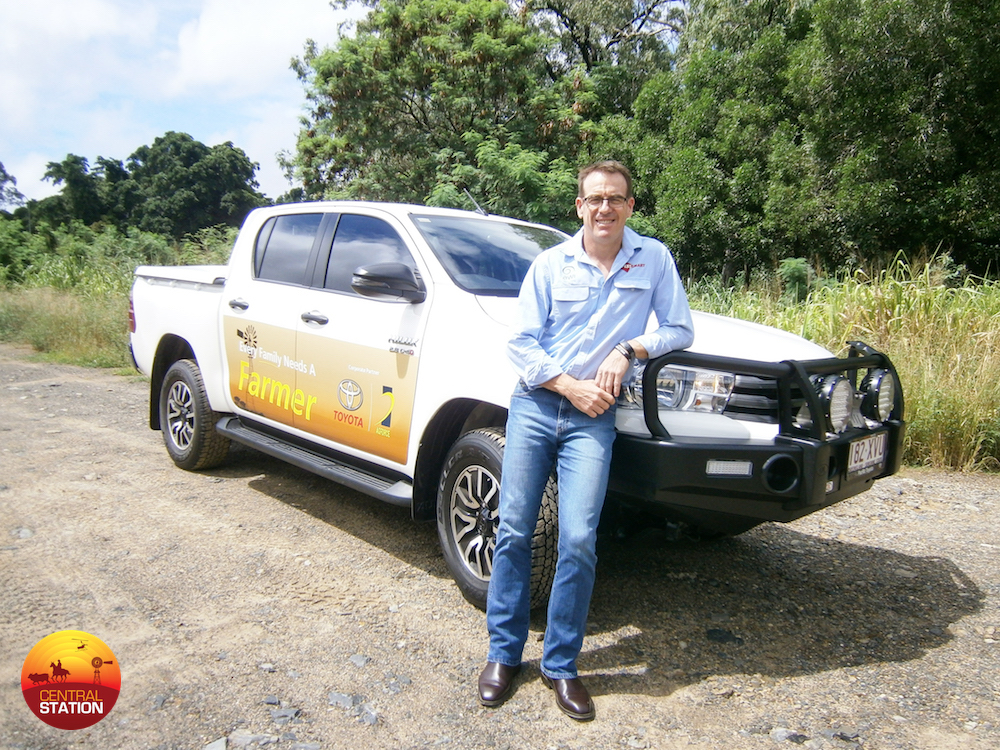
Producers love their animals, so for them to have to go out day after day and put lambs or calves out of their misery because overnight wild dogs have ripped them apart can have a huge emotional effect on them. It really is not something you would wish on anybody.
Wild dogs have had a devastating effect on the sheep and wool industry in Queensland over the last couple of decades.
Wild dogs don’t just affect the sheep industry though, it is all types of livestock that are at risk. Dogs killing calves and leaving bite marks on adult cattle is very common. I’ve seen hardy salt of the earth producers extremely stressed as they recall having to put down a calf that has been attacked. It’s heartbreaking and extremely costly for them and their business.
My role is to bring landholders together so that they can plan the best approach to minimise the impacts of wild dogs in their area.
I work with and educate producers and other stakeholders, like local council staff, to implement best practice management control techniques so they can control them in the most humane and effective way possible.
A single dog can travel vast distances in a night, meaning that they are everyone’s’ problem, so it is imperative that communities work together to control them.
Livestock are a producers’ livelihood, and when I first started in this role, some landholders in the worst affected areas would tell me that they were losing over 1,000 lambs a year. Imagine if you ran a shop and someone came and stole most of your merchandise?
Landholders are recognising the benefits of joining together now and many have teamed up with their neighbours and are carrying out broad scale control programs. Some producers have decided to put up a fence around a cluster of properties. This saves them money fencing around each property and is sometimes partly funded by the government to help keep them in the industry.
I always encourage them to work together with their neighbours to control the wild dogs that are inside or outside their fence and to monitor their fence lines to look for any areas that wild dogs may be somehow getting through the barrier.
We are never going to get rid of them completely, not in anyone’s wildest dreams. It’s just not possible. We have invasive weeds that don’t move daily and we still can’t eradicate them!
But by working together, we can share the load so that they are able reduce the impacts to a minimum and allow them to run their business successfully.
I will be brutally honest in saying that when I first started in my role as Qld Wild Dog Coordinator six years ago I was told it was a waste of time. ‘Coordinators don’t kill dogs, we need someone who will kill dogs’ they said. But now those people who stood up at those meetings are some of my biggest supporters. They understand there is more to it than baits and traps on the ground. We need to work together on a bigger scale.
My role was one of the first coordinator roles that Australian Wool Innovation (AWI) initially funded and due to its success AWI have since funded six other coordinators across other states of Australia.There are currently three Wild Dog Coordinators in Queensland and the project is co-funded by Meat & Livestock Australia, the state government’s Agriculture Department, Australian Wool Innovation, regional local government bodies and AgForce.
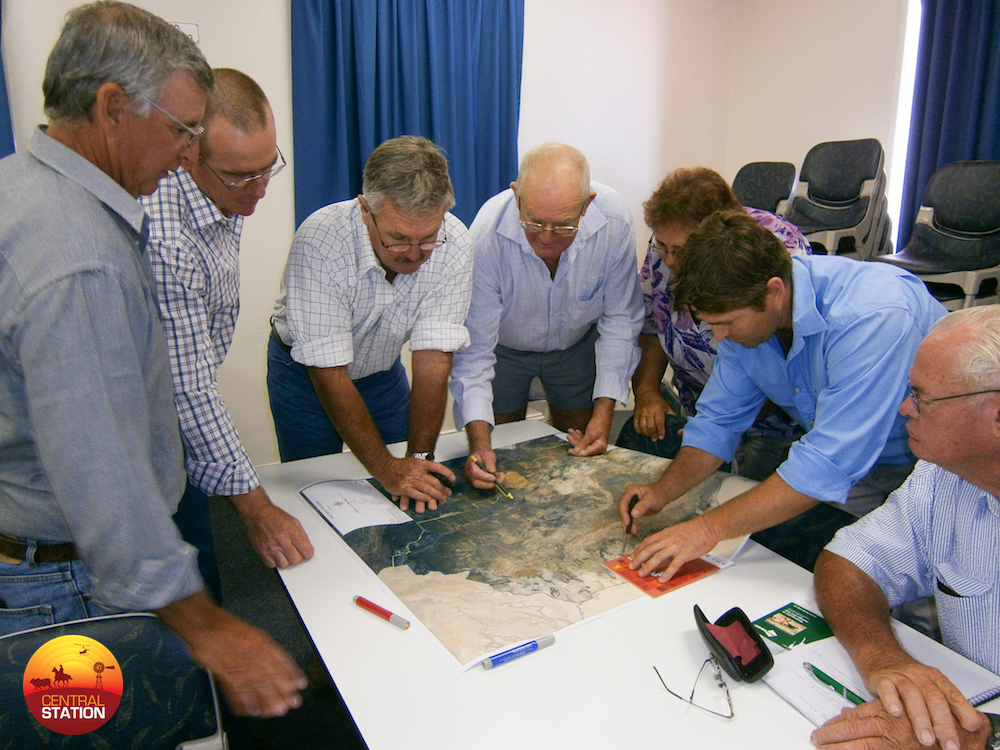 A group of landholders organising a coordinated wild dog program.
A group of landholders organising a coordinated wild dog program.
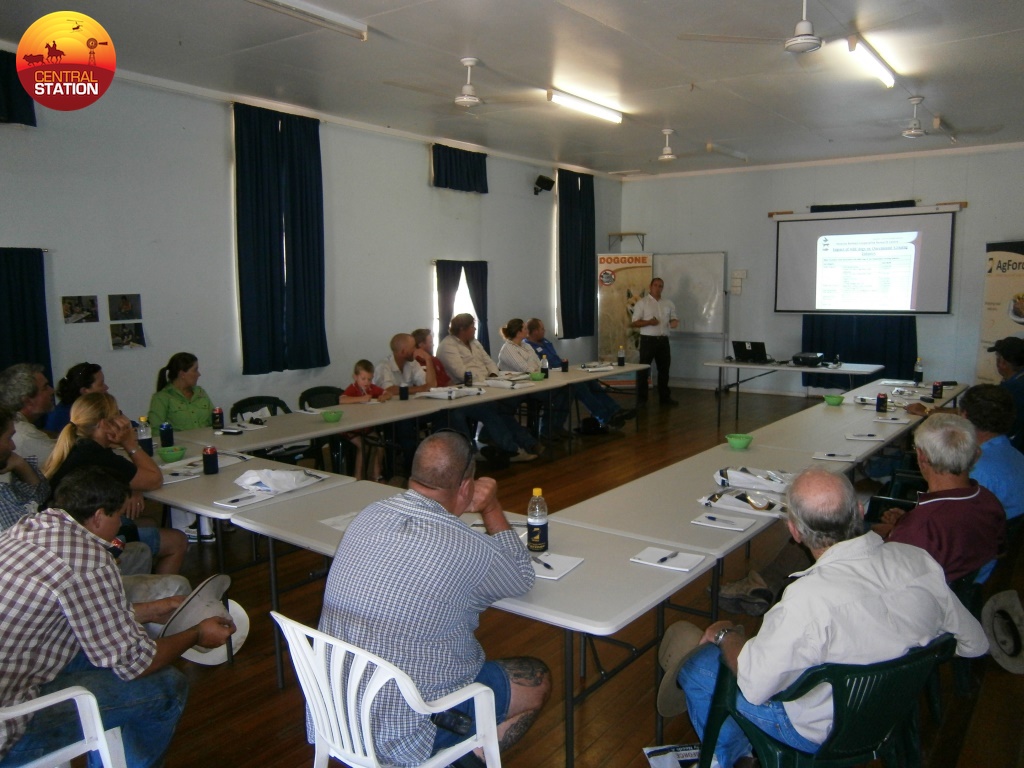 Bringing landholders together to work together to manage wild dogs.
Bringing landholders together to work together to manage wild dogs.
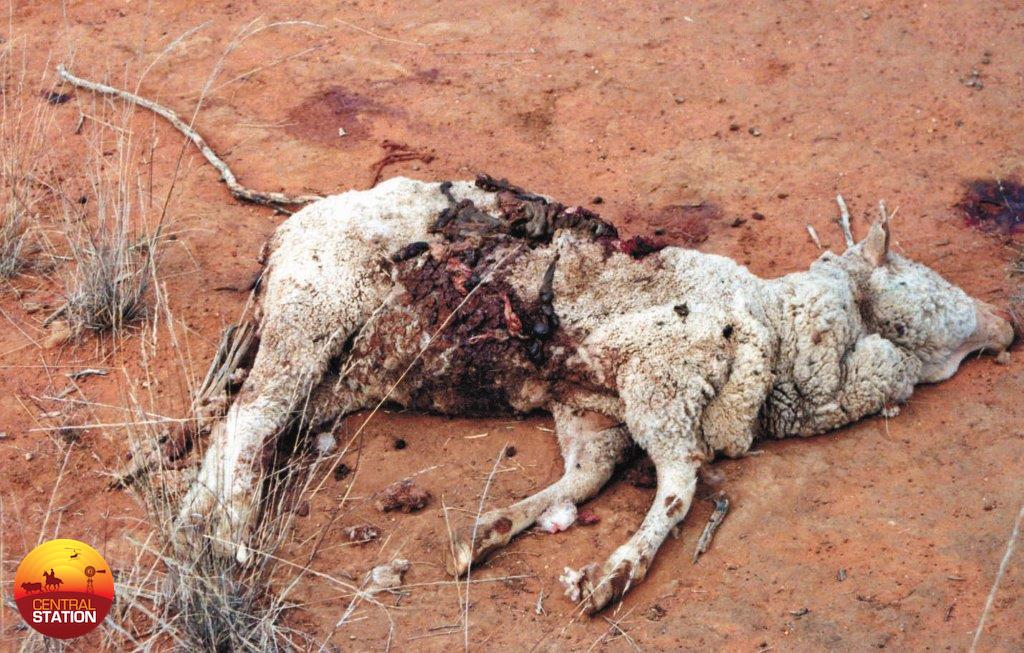 The effects of wild dogs.
The effects of wild dogs.
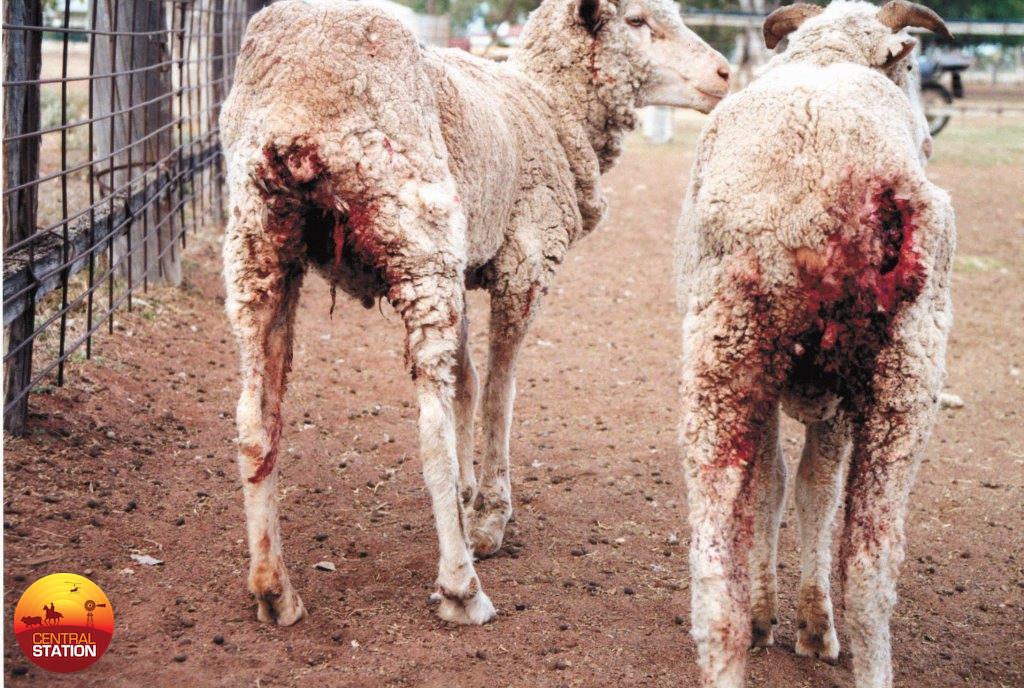 Mauled sheep – The effects of wild dogs.
Mauled sheep – The effects of wild dogs.
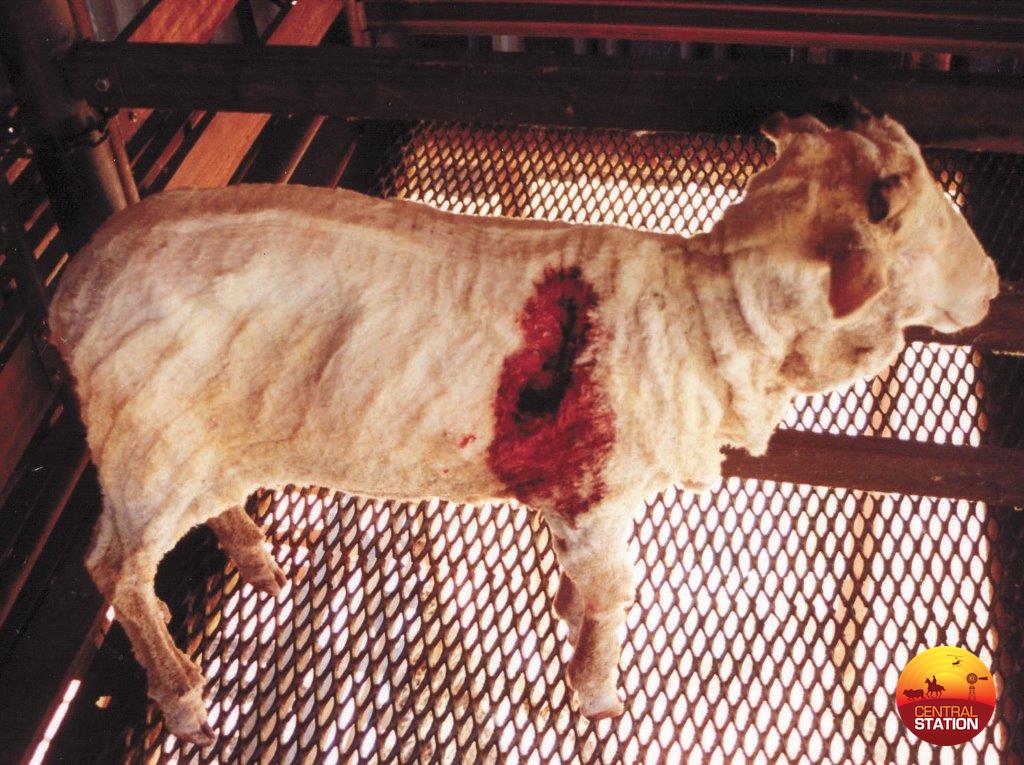 Mauled sheep – The effects of wild dogs.
Mauled sheep – The effects of wild dogs.
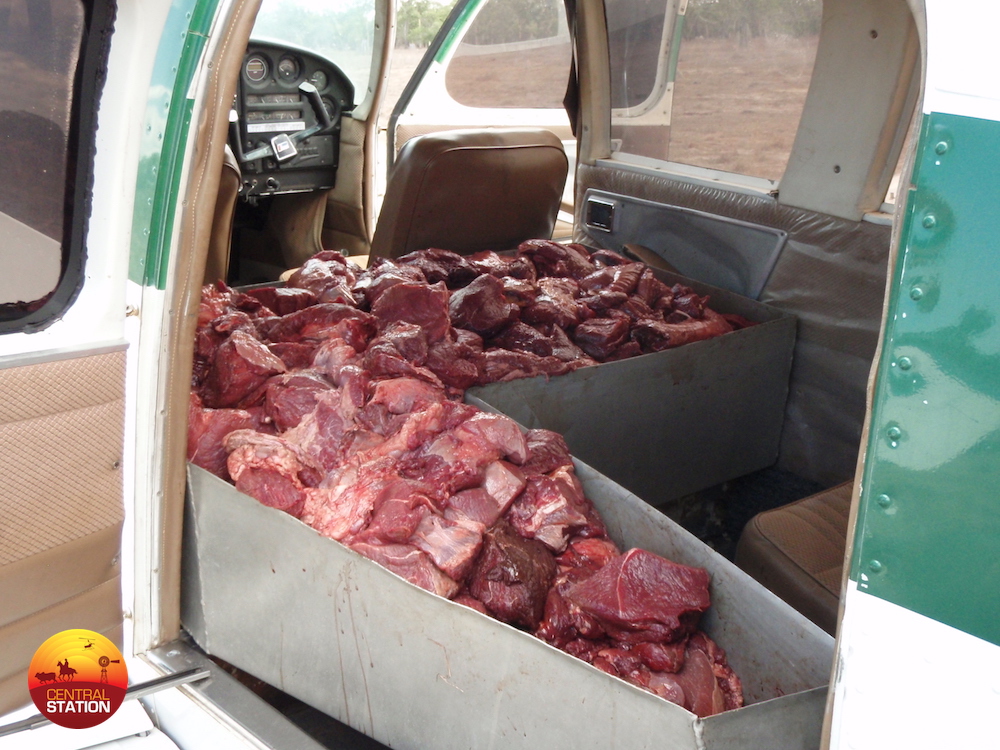 A plane is loaded with fresh meat baits as part of a coordinated baiting program.
A plane is loaded with fresh meat baits as part of a coordinated baiting program.
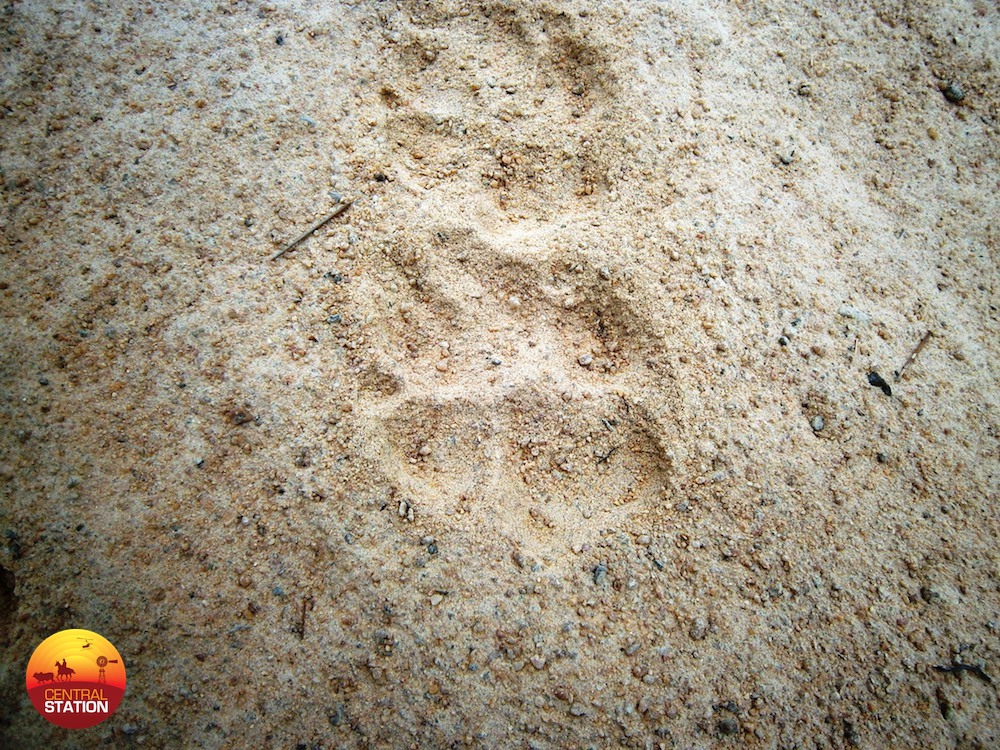 Wild dog foot print.
Wild dog foot print.
